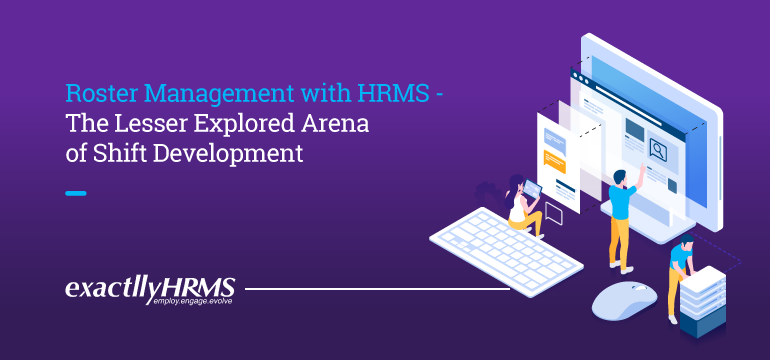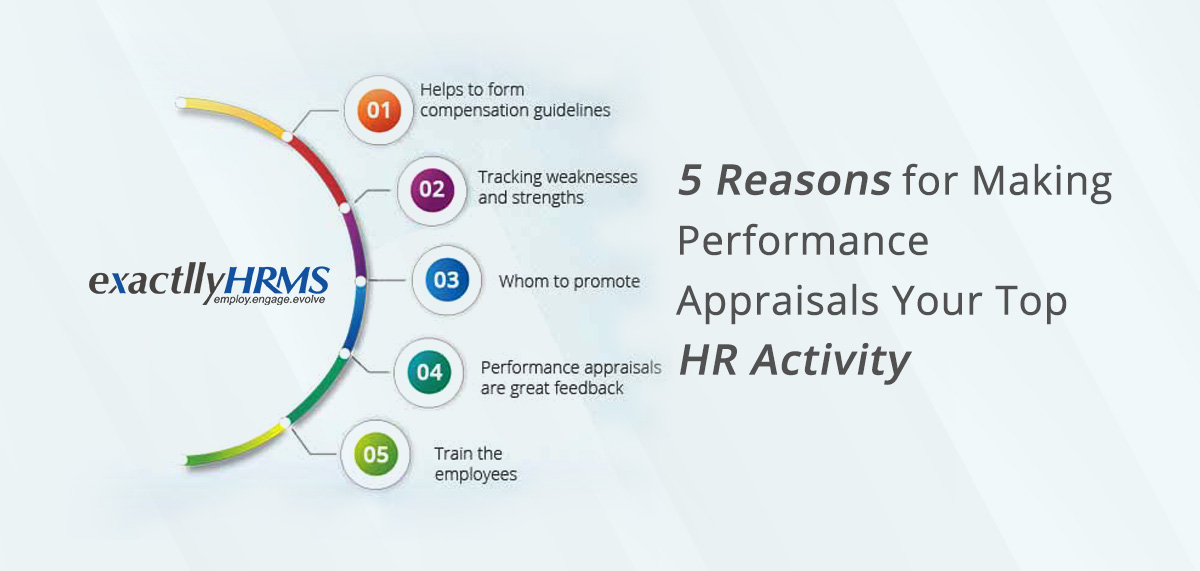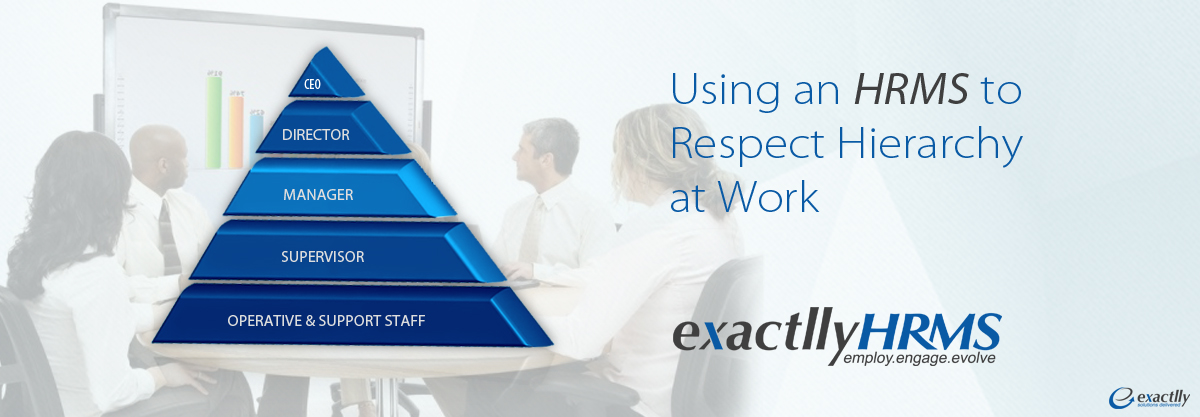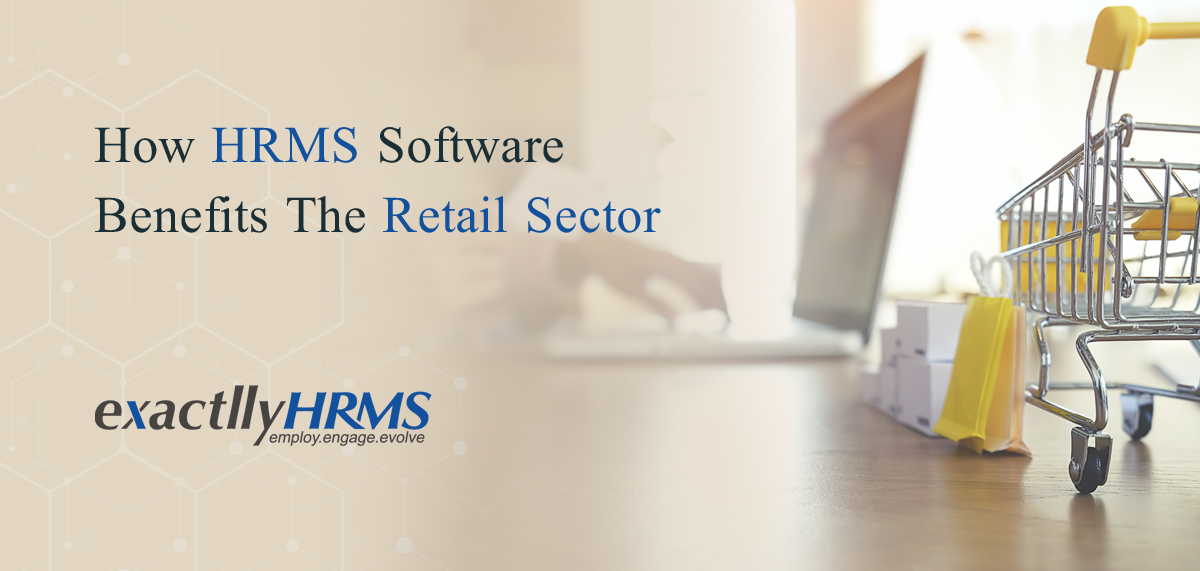What Analytics Does Your Leave Management System Provide?

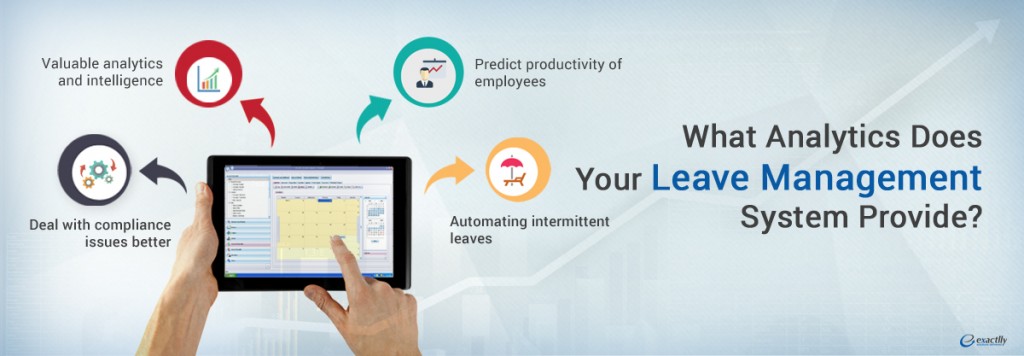 Leave management systems help HR professionals to allot and approve leaves, track absences and make payments accordingly. It helps the HR department to manage employee absences and is used alongside time tracking devices. All companies, small, big and large, can use leave management systems. A leave management system helps you to manage leave requests and ensures that leaves are granted in a timely and automated manner. Meanwhile, managers and supervisors are alerted before leaves are granted, if that is necessary.
Leave management systems help HR professionals to allot and approve leaves, track absences and make payments accordingly. It helps the HR department to manage employee absences and is used alongside time tracking devices. All companies, small, big and large, can use leave management systems. A leave management system helps you to manage leave requests and ensures that leaves are granted in a timely and automated manner. Meanwhile, managers and supervisors are alerted before leaves are granted, if that is necessary.
What does a leave management system actually do?
Leave management systems also come with holiday calendars which help companies to keep track of local and regional holidays. For instance, holidays in France are vastly different from holidays in the U.S.A. This enables a company to plan and predict where employees are going to be available, if something needs to be done. This is also true within a country, where different provinces and states may have different holidays.
Specific employees can be allotted time and work week can be accordingly fixed for different employees. With a detailed leave report, you can access all information related to leaves taken, approved and rejected. You can also access information about pending leave requests. Moreover, employees can access information regarding what leaves were sanctioned, which were not and what the reasons were.
A good leave management system also allows you to configure leave settings which is important especially when you are going to automate things. All this information is usually available on all your devices, including smartphones, tablets and computers. Apart from these obvious benefits of a leave management system, you can also access important analytics.
Leave intelligence, if that phrase may be used, is a great way to monitor how your employees are taking leaves over a period of time. This information can be very crucial to HR managers especially when they are trying to see what employee trends have been like and when these trends need to be predicted. In other words, leave management systems provide crucial intelligence that is extremely valuable.
Deal with compliance issues better
A leave management system helps you to understand local laws regarding leave benefits. Expectant mothers, new mothers, fathers of infants and sometimes even those who have recently adopted children are entitled to leaves in varying degrees across the world. This tool helps you to understand local laws and set your leave approval parameters in compliance with local laws. There are also geographically specific laws with respect to medical leaves.
Moreover, individuals may be entitled to take a certain number of leaves as a vacation every year. No matter what the local rules and legislations are, you will not have to worry about running into compliance issues. Analytics will tell you how your employees may use leaves when certain dates are approaching.
You can schedule important meetings before or after a few days from popular holidays because it is scientifically proven that people do not work as efficiently as they would on days immediately before and after long awaited holidays. For example, do not expect your employees in India to be super efficient on the day before Deepavali. They would most probably be looking forward to shopping or buying firecrackers.
Predict productivity of employees
When you take a look at the statistics of leaves taken, used and applied, you will know how an employee is. The employee may be taking leaves unnecessarily or they may not be taking leaves when they are required to. Both the extremes pose problems and you will need to address them. A good leave management system provides you with statistics related to these things and you will be able to deal with such employees on an individual basis.
Moreover, you can see which team is performing well in terms of not taking unnecessary leaves or working adequate number of hours. Depending on this, you can effectively bring in certain new rules to treat the problem in hand. Leave management systems also provide you with existing trends with respect to leave applications.
Are people applying for leaves during very hot or cold days? Even weather and climate can bear an influence on how people apply for leaves. Using a good leave management system, you can come up with such inferences and use those inferences to resolve problems when they occur.
Automating intermittent leaves
You can also use a leave management system to set up automated reduced-schedule leaves. This may also include intermittent leaves that many employees take. Both intermittent and reduced-schedule leaves pose a lot of problems to the HR department as one can’t predict how an employee would like to take leaves. As this is becoming more of common and accepted practice, automating such leave applications should be considered seriously.
Added to this, there is also the scenario of flexible work timings and some employees choose to work from home. This means, leave management system should have some sort of cloud ability so that employees can login from wherever they choose to work. This will help to calculate how many number of hours they worked on particular days.
At the end of the month when they need to be paid or appraised, you could take a look at all these analytics and decide for yourself. In fact, a leave management system automates that as well, as long as you set the parameters. All this means, there will be no more long queues outside the HR department asking for leaves and causing confusion among both employees and HR executives.
Finally, valuable analytics and intelligence
Though leave management system is being used to automate acceptance or refusal of leaves and vacations, the tool provides more than what you bargained for. It helps you to notice leave-related trends, assess employees’ performance and plan for the future.
It helps you to comply with local laws and make sure that there is always a plan in place to help your employees when they urgently require to be off duty. Moreover, all working hours are calculated and accounted for and you could even start giving your employees some flexible hours when you choose to, because a leave management system helps you to track them effectively even when they are not in your office premises.

